What happened in Vegas? Woman alleges innocence in husband's death after 2 decades in prison
What happened in Vegas? Margaret Rudin alleges innocence in husband's death
Since the 1994 murder and beheading of her husband, authorities have pointed to Margaret Rudin, with many calling her a “Black Widow.” She has since passed on five plea deals, proclaiming her innocence, and just finished 20 years in prison for the crime she insists she didn’t commit.
Rudin and several key figures in her trial have questioned the fairness of the proceedings. Today, at 77-years-old, she’s pushing for a new trial that she hopes might exonerate her.
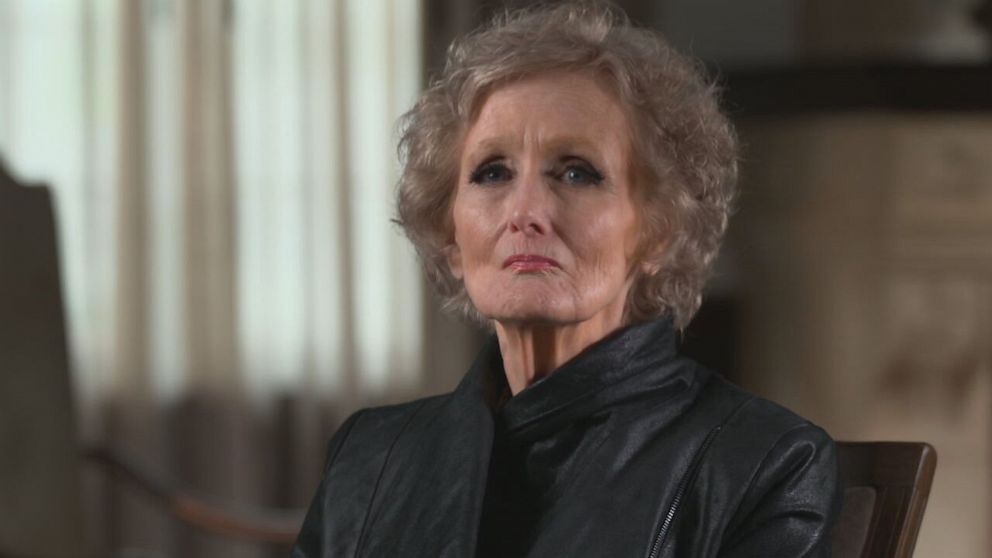
Her husband, Ron Rudin, had charm and knew how to use it. As new construction boomed in Las Vegas in the 1980s and ‘90s, he quickly became a successful mogul in the industry and a powerful figure within the community.
Although Ron Rudin would stay away from the glitz of casinos, he enjoyed other pleasures like his signature slick black cowboy boots and his “huge armory full of guns,” according to former Las Vegas detective Don Charleboix.
Watch the full story on "20/20" TONIGHT at 9 p.m. ET on ABC.
But as his business ventures in Las Vegas continued to grow, he found that his love life would not find similar success. Ron Rudin’s third wife, Peggy June Lee Rudin suffered from depression and was found shot in the head in their home. Although police investigated whether Ron was involved in her death, ultimately authorities determined she died by suicide.
When Ron Rudin met his soon-to-be fifth wife Margaret Mason in 1987, it was just months after he had split with his fourth wife.
“He was charming,” Margaret Rudin told “20/20” in her first interview since being released from prison in January 2020. “I tell you, I've never met anybody better and slicker and smarter and suaver than he was.”
Margaret Rudin had also been married four times prior before coming to Las Vegas looking for a fresh start. She had met her fourth husband in Las Vegas, but was divorced soon after. She met Ron Rudin at church, the two fell fast and hard in love and were married soon after in 1987.
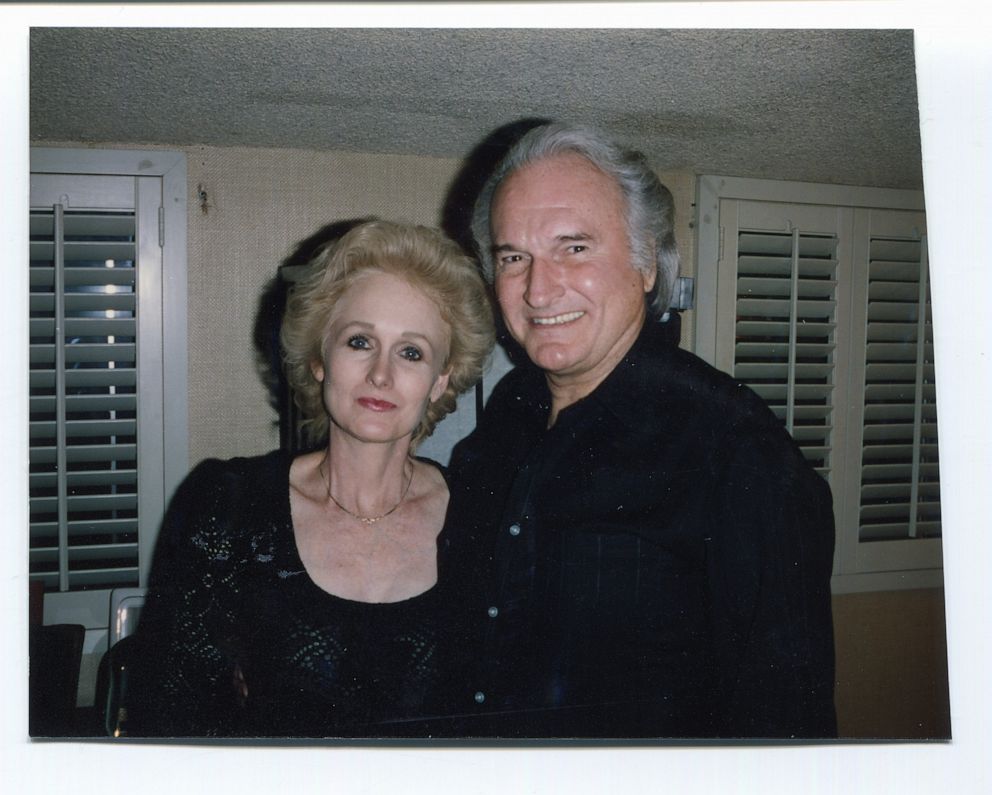
However, the marriage quickly darkened. Margaret Rudin said that her husband tried to confess to Peggy June Lee Rudin’s murder.
“One night when we were watching some crime story, he said to me quietly, ‘What would you say if I told you I murdered Peggy?’ And I kind of caught my breath and I didn't know what to say because if I just said, 'Yes, I want the details,' I would have had to have left,” said Rudin. “I just said, ‘No, no, you’re not going to relieve your guilt by telling me. I don’t want to know.’”
She said that the two never spoke about it again.
Rumors of infidelity began to swirl between Margaret andRon Rudin, which she denied. The discontent between them came to a head one night after she overheard her husband talking to an ex-girlfriend. She said he slapped her, and in self-defense, she grabbed one of their many guns.
“He wrestled it out of my hand and I knew that was the closest to death I was ever going to get by the look on his face,” said Margaret Rudin. “Instead of me, he shot a beautiful oil painting.”
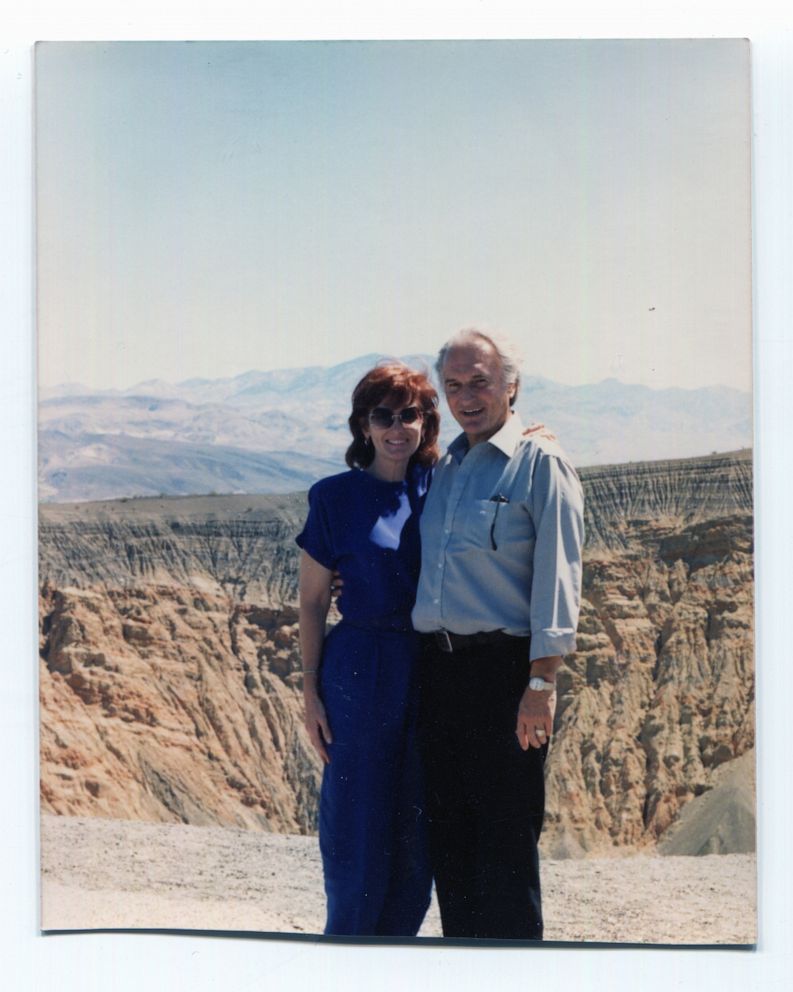
Difficulties seemingly continued to persist within the Rudin home. According to Ron Rudin's trust attorney, in 1991, four years into their marriage, Ron Rudin said that Rudin was becoming “vicious and violent.”
Without naming Rudin specifically, he then executed a secret directive to the trustees of his estate that would stipulate a thorough investigation in the event he meets death by "violent means" as well to "totally exclude" any beneficiary their share of his estate "should death be caused, directly or indirectly, by a beneficiary.”
Without naming Rudin specifically, he executed a secret directive that would stipulate a thorough investigation in the event he meets death by "violent means" as well to "totally exclude" any beneficiary part of his estate "should death be caused, directly or indirectly, by a beneficiary.”
However, two years later, things between the couple seemed to have improved because he increased her share of his fortune from 40 percent to 60 percent. It's alleged that Ron Rudin’s paranoia was in part due to the great deal of stress he was facing at work in anticipation of a huge land deal.

At the time, Ron Rudin was working on development of an RV resort called The Retreat at Lee Canyon and some were raising questions about the source of the project’s funding, according to Margaret Rudin’s attorney Greg Mullanax.
“Ron had some mob ties in his days,” claims Mullanax. “He, at one point, apparently approached some people that were affiliated with organized crime seeking money to help develop this place.”
Margaret Rudin said her husband became increasingly paranoid.
“He had a horrible fear of people, and he had guns, but he was still always afraid,” she recalled, adding that he almost always carried a gun.
Ron Rudin disappears
Margaret Rudin said she last saw her husband alive on Dec. 18, 1994. It was the grand opening of her new antique store in a strip mall her husband had owned.
“I was excited about it because Ron was happy and being supportive. I thought it was going to be perfect,” she said.
Margaret Rudin said she returned home from the opening around 2 a.m. on Sunday Dec. 19 to find her husband’s car missing and the burglar alarms turned off. Although she thought it was strange, she didn’t think much of it and went to bed, she said.
She claims that the next morning, when Ron Rudin didn’t show up to work, she realized something might’ve gone wrong.
“I knew something he was going to be doing that most people didn't know about,” she said. “He was selling the Lee Canyon property on Wednesday, so I knew that he might want to see it one last time.”
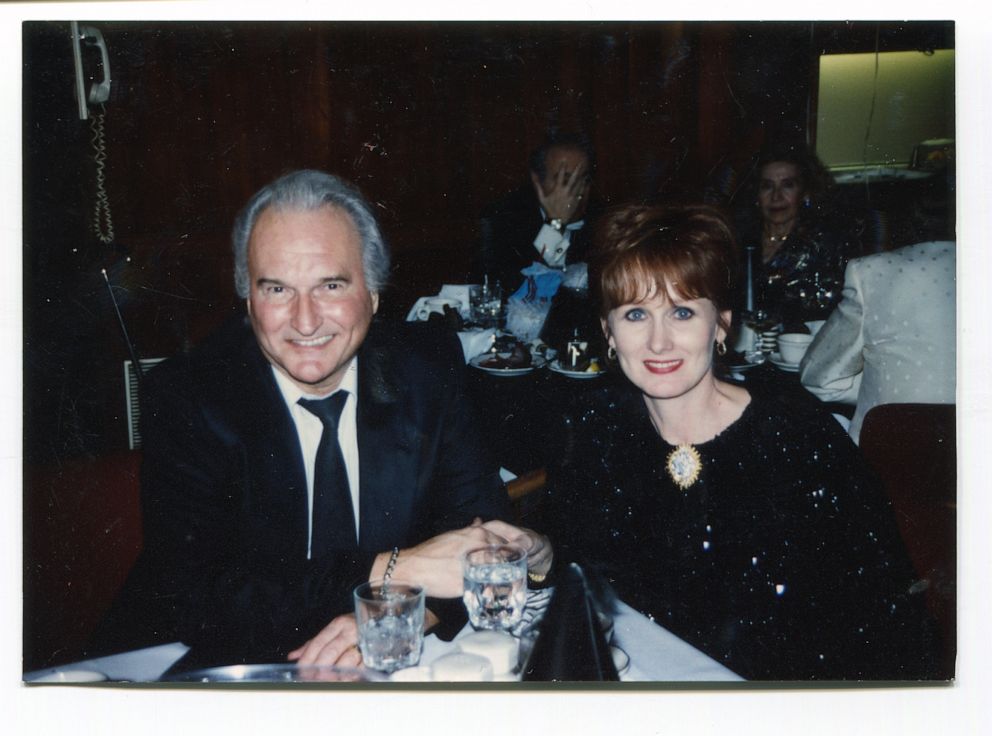
After calling his co-workers and relatives, Margaret Rudin said she tried to report her husband missing, but that she was told to call back if he was still missing after 48 hours. Police said that Ron Rudin’s co-workers urged his wife to file a police report. Detectives were sent to the house to investigate two days later on Dec. 20, 1994.
His co-workers and friends immediately pointed to Margaret Rudin. When his secretary told former co-worker John Reuher that he hadn't shown up, he said he turned to his wife and said, "I think Margaret did something to Ron, because Ron always called."
Margaret Rudin believes that because investigators were so focused on her, they may have overlooked another possible motive for Rudin’s husband’s disappearance: the Lee Canyon development project.
“They talked to Margaret, and took a statement from her, and they asked Margaret if they could search her house and she agreed. They didn’t see anything out of the ordinary,” said Mullanax.”I think she was low-hanging fruit.”
Four days after Ron Rudin’s disappearance, his prized Cadillac was found outside a gentleman’s club in Las Vegas. The vehicle, which everyone who knew him said was typically spotless, was covered in dirt and mud. Investigators also found four sets of muddy footprints in the interior of the car.
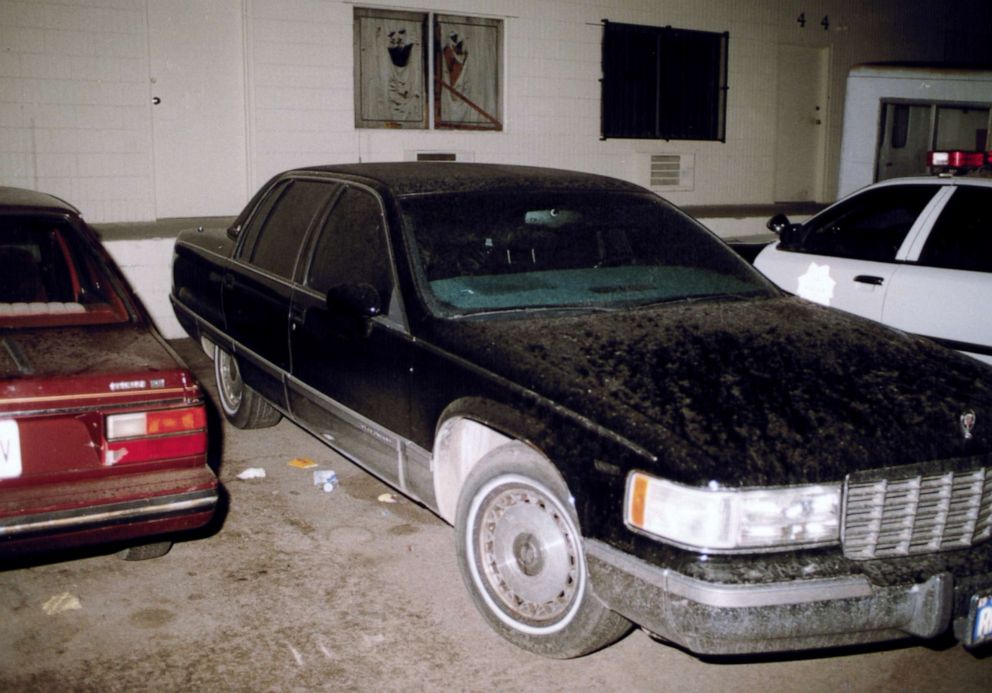
Investigators say they didn’t find fingerprints from either Margaret Rudin or her husband in the car.
Despite the clues from the Cadillac, weeks went by without any leads. On Jan. 3, 1995, trustees of Ron Rudin’s estate set a $25,000 reward for information leading to Ron Rudin’s discovery.
On the night of Jan. 21, 1995 the next big break in the case happened. Fishermen were walking back from a nearby river some 60 miles outside Las Vegas when they discovered Ron Rudin’s skull.
“When the cops came to tell me about Ron … your mind can't take so much at one time,” Margaret Rudin remembered. “They had said that Ron's skull had been found, that he was dead. He'd been shot. I was in shock.
The skull had four bullet holes and Ron Rudin’s namesake diamond bracelet was found nearby.
“The skull, the bracelet, the Cadillac, it's all left there intentionally. It's the old mob movie,” said J.B. Casell, a friend of Margaret and Ron Rudin.
Investigators soon discovered the rest of his remains scattered nearby, as well as tucked inside an old trunk that had been burned in the same area where the fishermen had found his skull. Some began to speculate that the trunk belonged to Margaret Rudin since she owned an antique store.
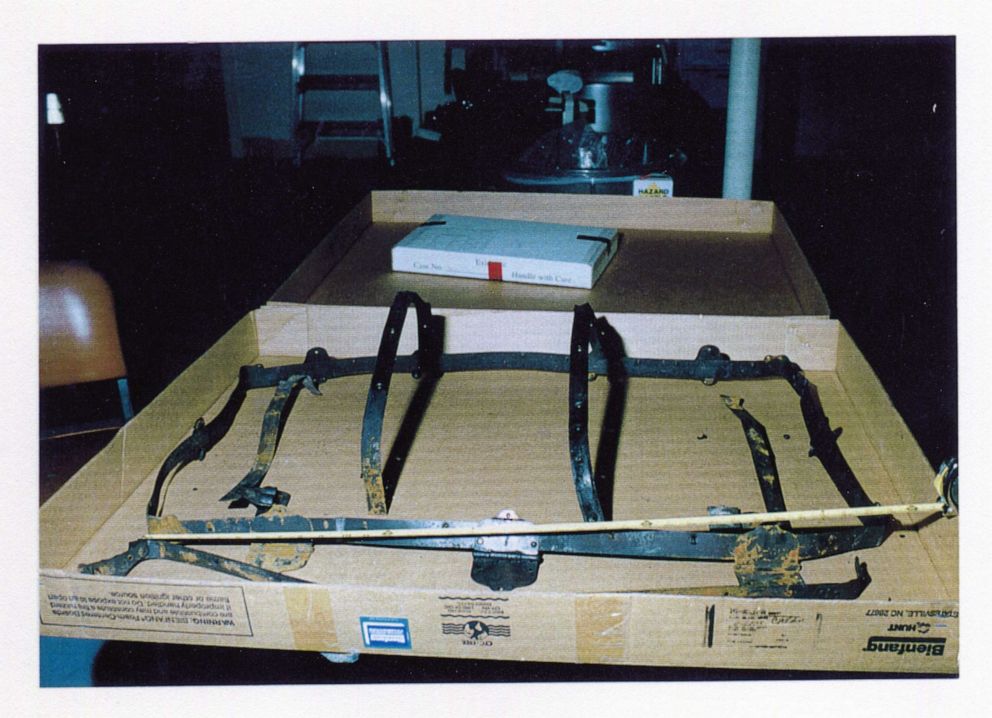
“The trunk did become crucial because the hardware was said to be from a humpback trunk,” said former prosecutor Gary Guymon. “[We believe] there was a receipt that came back to a humpback trunk in her inventory, but there was no humpback trunk at the store.”
Two days after Ron Rudin’s remains were found, as suspicion was mounting against Margaret Rudin, police received a phone call from handyman Augustine Lovato. He’d come forward with information, claiming he was hired by Rudin to do work at her home just days after her husband had disappeared.
Lovato told investigators that he saw blood in the bedroom and bathroom while doing work in her home.
At the time, detectives had already done a cursory search of Rudin’s shop and house, and hadn’t found anything that would cause them to investigate Rudin further, according to former Las Vegas Homicide Det. Wayne Peterson.
“Well, it's awfully strange. The two missing persons detectives were out here, and they didn't see any blood. How did Lovato see something that wasn't there however many days before?” said Rudin.
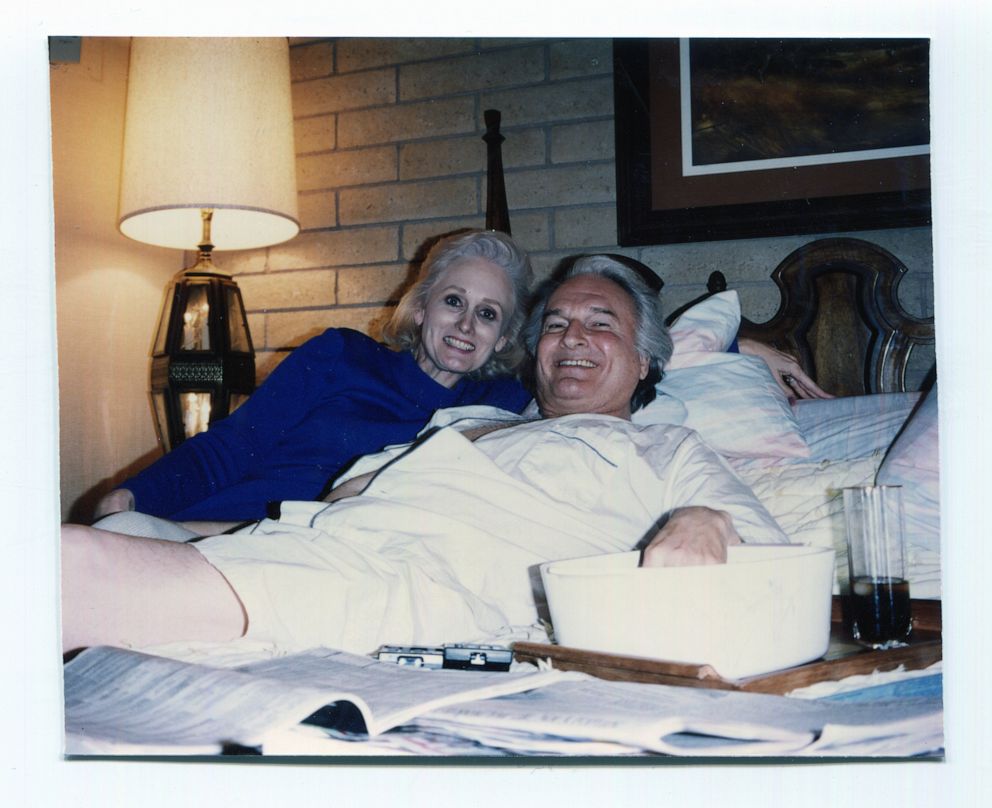
She said she had hired Lovato, but not to do renovations in her home. Despite this, Lovato’s call led police to believe Rudin may have shot and killed her husband in the bedroom. Lovato eventually collected the $25,000 reward the trustees of Ron Rudin’s estate had posted.
Even with the lack of forensic evidence connecting Margaret Rudin to her husband’s death at the time, she still remained a suspect. She said the media began to exacerbate the problem, too.
“They stuck the name on me. That ‘black widow, black widow, black widow,’ like I had killed somebody before, or like that I was in the habit,” said Margaret Rudin.
New evidence in the criminal investigation
In January 1996, nearly two years after Ron Rudin’s remains were found, Margaret Rudin was battling her husband’s trustees over receiving her share under the will of his fortune. Out of her husband’s millions, Margaret Rudin settled for $600,000, but she said she only received $179,000 after attorney fees.
The criminal investigation had stalled and police were still searching for a key piece of evidence: the murder weapon.
By chance, a gun had been discovered a year earlier by scuba divers at a scuba school in Lake Mead.
The gun was placed in a police storage locker for over a year. Guymon said detectives in the Rudin case decided to test it. The ballistics test found that the bullet fragment found in Ron Rudin’s skull matched the gun found in the lake.
“It was a gun that had a silencer on it, so it all made sense that this could be a gun that was used in the actual crime scene itself,” said Guymon.
Moreover, Ron Rudin had reported the same type of gun missing to the Bureau of Alcohol, Tobacco, Firearms and Explosives in 1988 shortly after he had separated from Margaret Rudin, according to Guymon. Cops began to theorize that she had taken it and used it on him.
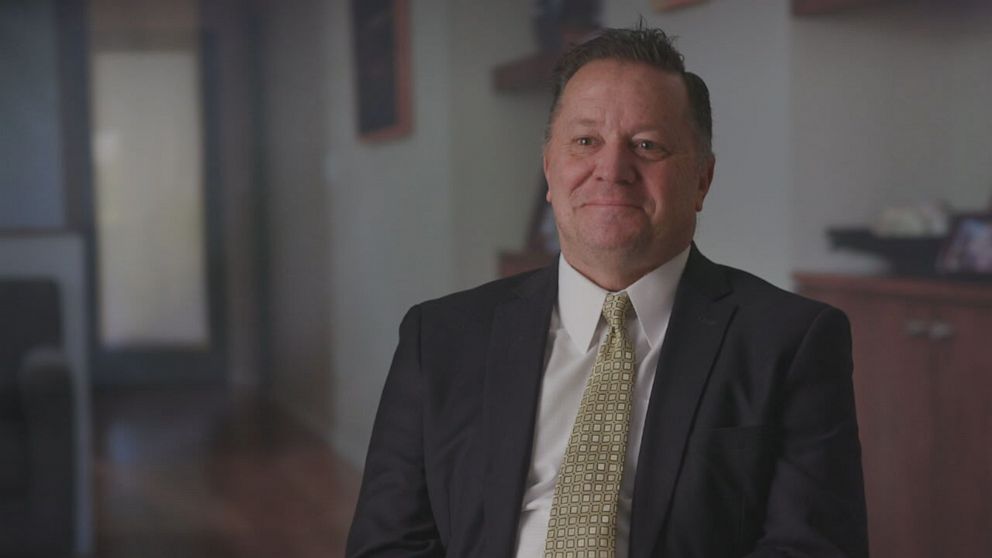
“I think it's a stretch to argue that Margaret, for six years, hid this gun so she could use it on him in December of 1994,” said Mullanax.
“The problem with that is they can't connect the murder weapon to Margaret. They can't ever put the gun in Margaret's hand,” added Mullanax.
For two years, prosecutors tried and failed to indict Rudin based on the handyman’s testimony, the evidence in the Cadillac and the trunk where Ron Rudin’s remains were found, but they were unsuccessful.
Guymon said the gun “was a big, big linchpin in the case because all of a sudden, now we had this murder weapon.”
Margaret Rudin was indicted three years after the disappearance of her husband. On April 17, 1997, she was indicted by a Clark County grand jury for the crimes of unauthorized surreptitious intrusion of privacy by listening device, murder with use of deadly weapon and accessory to murder. A warrant was issued for her arrest.
When investigators called Margaret Rudin’s attorney to serve the warrant, they realized she had left a month before the indictment.
“Well, she left before she was ever indicted,” said Mullanax, who was not her attorney at the time. “And there's no crime about leaving and going anywhere if you're not under indictment.”
FBI's Most Wanted List: Margaret Rudin on the run
At the end of March 1997, Margaret Rudin claims she was fed up with the chaos into which her life had descended.
“At that time, I think I was so ready for a nervous breakdown, I didn't think that far ahead. I just wanted to get out of Vegas,” she said.”I wanted peace of mind.”
Margaret Rudin added that she couldn’t even get a job and was running out of money because she had been pegged as the “Black Widow” of Las Vegas.
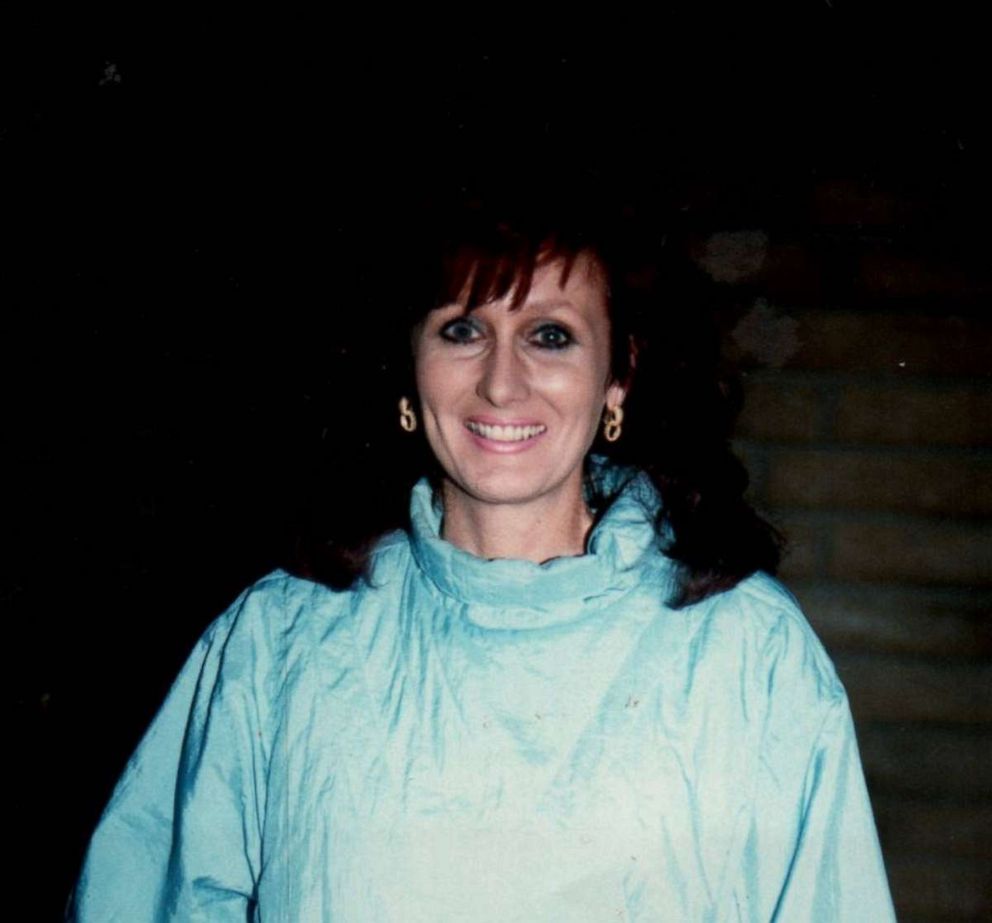
“Everything had gone wrong,” she said. “The way [the investigation] was handled by police and prosecutors, I did not feel comfortable anymore because they can do whatever they want to do with somebody's life. I wasn't going to get a chance to prove myself.”
She was able to rent a small apartment in Guadalajara, Mexico, in a building occupied mostly by other Americans, and quickly became accustomed to the downtown scene. She said she befriended a fugitive who taught her how to survive while on the run.
“The number one thing is be so careful where you live. ... The other is, always have a bag packed. Have money, ID, clothes. Make sure you have whatever it is you need the most in that bag,” she said of what she had learned.
Margaret Rudin, who had always been known for her sense of style, became a master of disguise.
“I like to wear wigs. I like short. I like long. I like curly. I like straight. I don't wanna look the same way all the time,” she said. “I like change. I'm a Gemini.”
With help from her friend, Joe Lundergan, a former Boston firefighter, Margaret Rudin moved back to the U.S. and settled in Phoenix in 1998. She said she moved back to be closer to her family.
“My mother was in the hospital, very sick. Once you have children and grandchildren, you can't go somewhere else and live and act like you're having a normal life,” said Margaret Rudin, who added that Lundergan was never her boyfriend.
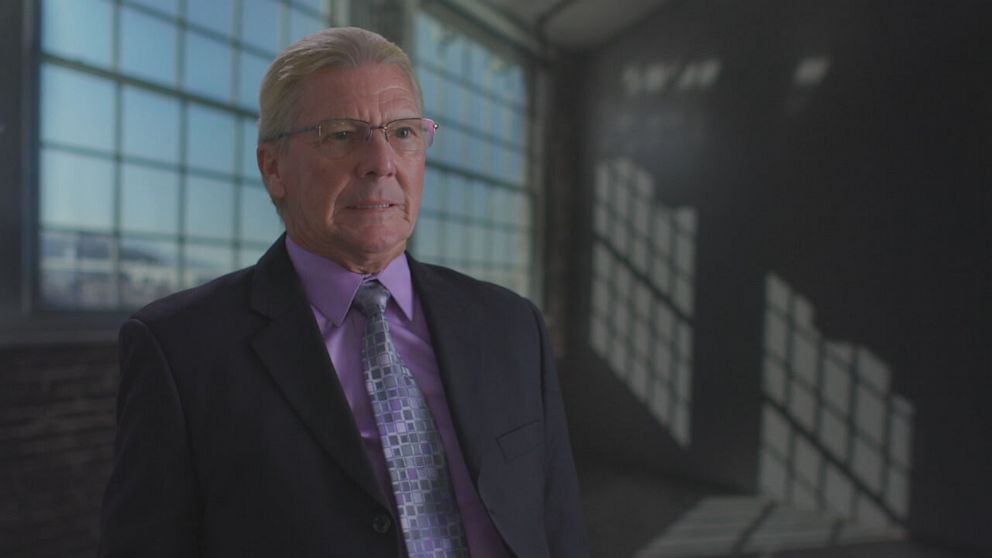
She was going by the name Ann while living in a YMCA and working at a nearby hotel.
After a co-worker recognized her in an episode of “America’s Most Wanted,” and reported her to officers, Margaret Rudin said she slipped away just in time.
“I picked up my bag, called a limo service, which we used at the hotel, and I said, ‘Would you please pick me up on the side entrance,’" she said. “I was a fugitive again. It is funny. I mean, how often could you be that lucky?”
Margaret Rudin said she had gotten a message from Lundergan that he had recently had surgery and needed her help. She left for Revere, Massachusetts, to live with and take care of him. By that time, the FBI had put her on its Most Wanted List.
She thought she could remain anonymous in the small town, and established herself within the new community under a different name.
“I really like Massachusetts. I like the people,” said Margaret Rudin. “They're very honest and sincere and forthright.”
She was able to evade law enforcement across international and state borders for nearly two years when a mundane errand led authorities back to her.
“They had no idea where she was until they got a tip that Margaret Rudin was in fact mailing packages from a Revere post office,” said Massachusetts state police officer Mark Lynch. “So we immediately went over to the post office and showed her picture.”
Lynch said that a post office employee confirmed that the woman in the picture was Margaret Rudin and told the officers where she lived.
In a fitting way to catch what investigators called a “chameleon,” they came up with a sting operation that centered around an officer posing as a pizza man.
“They came in like gangbusters,” Margaret Rudin said. “When they're coming down this narrow hallway and they’re coming in with their guns drawn, you'd have thought I was a real mobster.”
Margaret Rudin stands trial for murder
Margaret Rudin was caught by the FBI and local Massachusetts state authorities in 1999. Her arrest sparked a media frenzy. By March 2, 2001, the then 57-year-old had been on the run for 30 months. In a widely televised trial, she sat in the Las Vegas Clark County courthouse.
Prosecutors pinned Margaret Rudin with a narrative of a betrayed wife that killed her husband for his fortune.
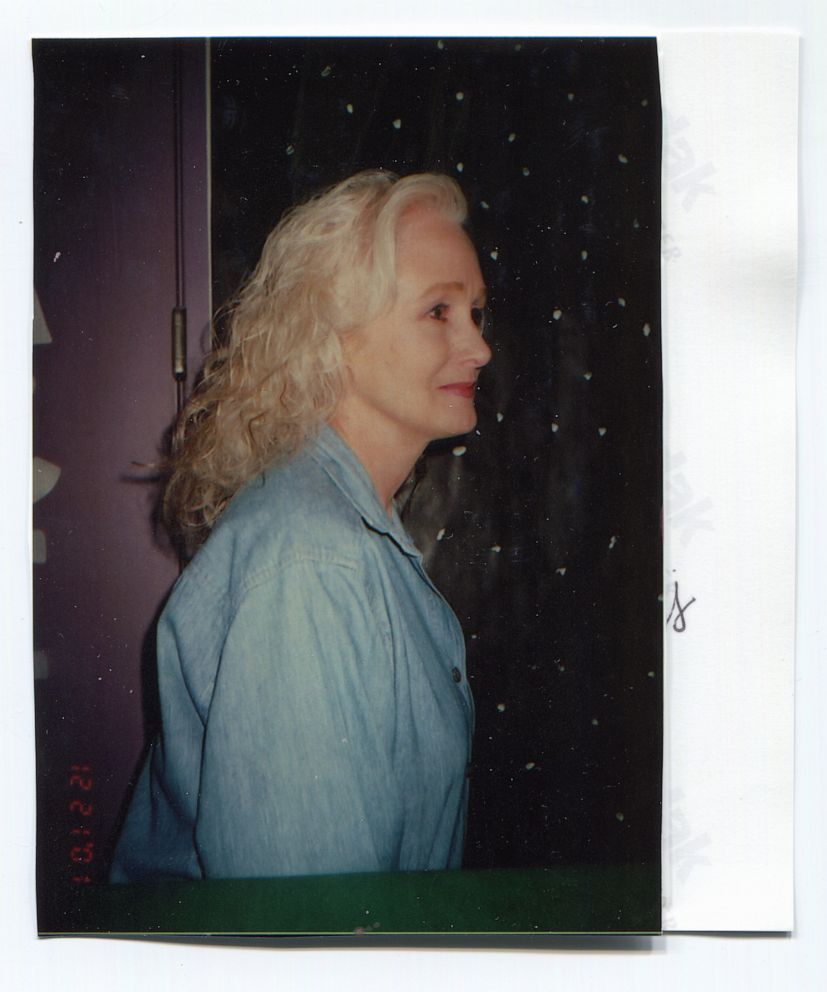
“We were arguing Margaret Rudin didn't have the motive ... because she was in the will,” said Tom Pitaro, one of Rudin's defense attorneys at trial.
The scorched trunk where Ron Rudin’s body was found became a major piece of evidence for the prosecution. Antique dealer Bruce Honanbach came forward and testified early in the trial that he had sold Margaret Rudin a trunk.
“They said Margaret had stuffed the body in [the trunk] somehow, burned it... They're trying to tie the trunk to Margaret,” said Pitaro.
Months later, antique dealer Donald Schaupeter came forward to say Honanbach was wrong about the trunk.
Schaupeter said on the stand that Honabach was mistaken by which trunk he had been sold.
"Bruce, that little case is too small to put a cadaver in," he had said during his testimony.
But, the jury did not hear from Schaupeter until after the defense rested its case.
The prosecution, who believed that Margaret Rudin must have had help in discarding her husband’s body, brought Margart Rudin’s friend Yehuda Sharon to the stand. The police had surveilled the two of them together after Ron Rudin disappeared and the prosecution alleged that they were lovers. Both Sharon and Margaret Rudin deny ever having an affair.
“We weren't having an affair, because I was married. If I hadn't been, he wasn't my type,” said Margaret Rudin.
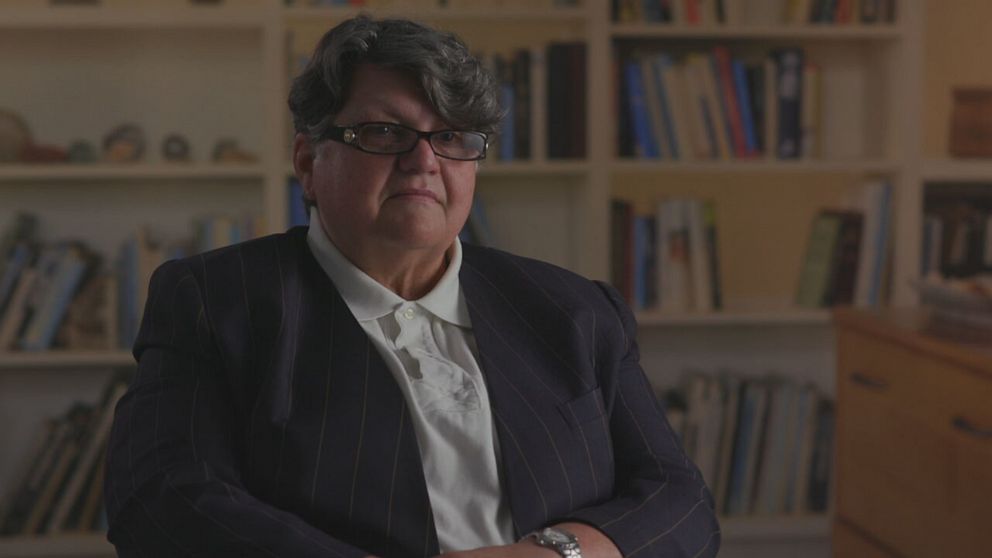
The prosecution told Sharon that he would be given total immunity if he were to testify against Margaret Rudin.
“They told him, ‘We're gonna charge you with the same murder that we're charging Margaret Rudin. However, if you flip, immunity will give you total immunity.’ Now what's up with that?” said Rudin’s friend Casell.
Judge Joseph Bonaventure said he was baffled as to why prosecutors would offer immunity to Sharon.
“How do you give a co-conspirator, which [the prosecution] thought he was, immunity and you don't know what he's gonna testify to?” said Bonaventure, speaking for the first time about the Rudin case.
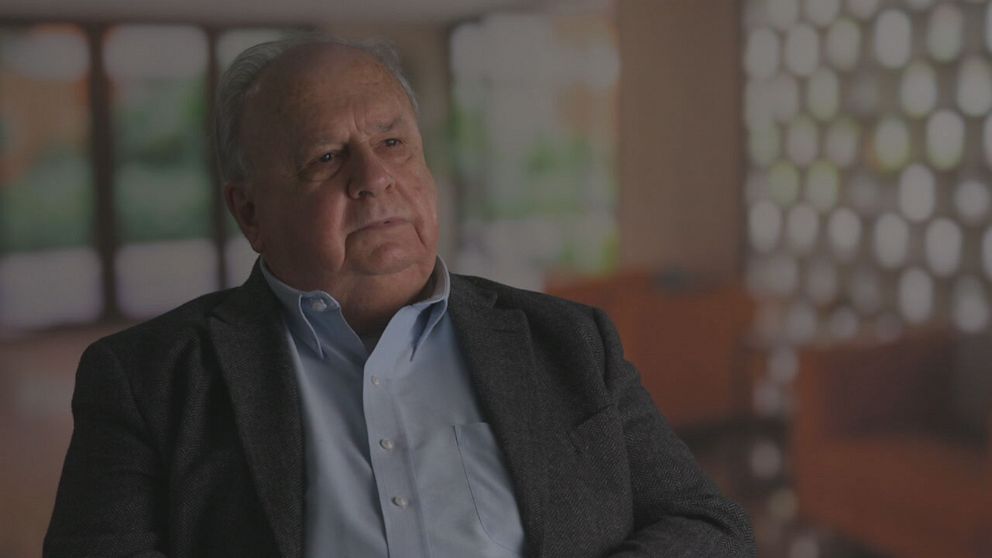
Sharon did not reveal anything while on the stand. He denied having anything to do with Ron Rudin's murder and has never been charged in connection with the case.
“I know that I received immunity. From what? I have no idea,” he said at the trial.
Although Sharon’s testimony didn’t deliver for the prosecution, they secured testimony from Margaret Rudin’s sister, Dona Cantrell.
Under the advice of her attorney, Margaret Rudin remained silent during the trial.
“I feel like all of this became, at some point after that, an exaggeration and a witch hunt,” Rudin said.
Lovato also testified against Margaret Rudin. He repeated the story about finding blood in the bedroom and bathroom prior to the discovery of her husband’s remains. The state used his testimony to argue that Ron Rudin was killed in bed.
In addition, the defense argued that if Ron Rudin was murdered in the bedroom, the blood spatter would have indicated a different pattern. To prove this, they reconstructed the bedroom in the courtroom -- a decision that the judge said backfired.
“I sorta blew up on that. I said, ‘This is the most ridiculous thing.’ ... It was a circus,” said Bonaventure. “Twenty years later, I'm irked.”
Throughout the trial, the defense struggled to develop key arguments, like the timeline for Ron Rudin’s disappearance in connection to the closing of the Lee Canyon deal .
After over nine weeks, the prosecution and the defense finally rested what still is, to this day, the longest trial in Las Vegas history. Vest said the case seemed pretty open-and-shut.
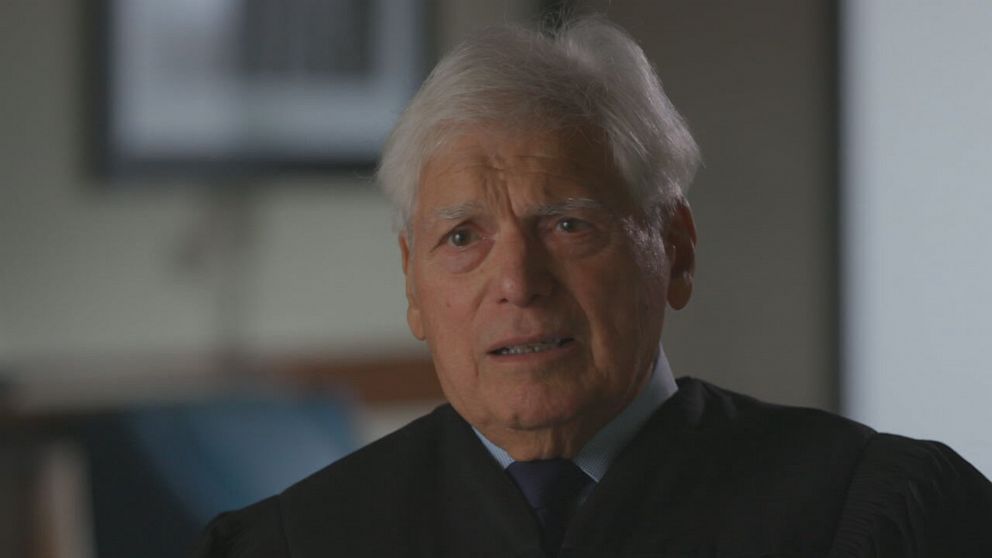
“This thing was a slam dunk with a stepladder. I mean, it just was,” said Vest. “When you start adding up who had the means, motive, opportunity to do it, there's only one person and then we had the lone holdout.”
The holdout juror was Coreen Kovacs, who held Margaret Rudin’s innocence for six days of deliberation.
“There was no direct evidence against Margaret. There were no forensics, there was nothing,” said Kovacs. “Yes. I was the only not guilty vote … which caused a lot of fury in that jury room.”
Despite Kovacs’ hold, she eventually caved. On May 2, 2001, Vest read the verdict: the jury found Margaret Rudin guilty of murder in the first degree.
“I was surprised at that,” said Bonaventure.
Kovacs said that after the verdict was read, she immediately broke down in tears. She said she blames herself for what she believes was an injustice.
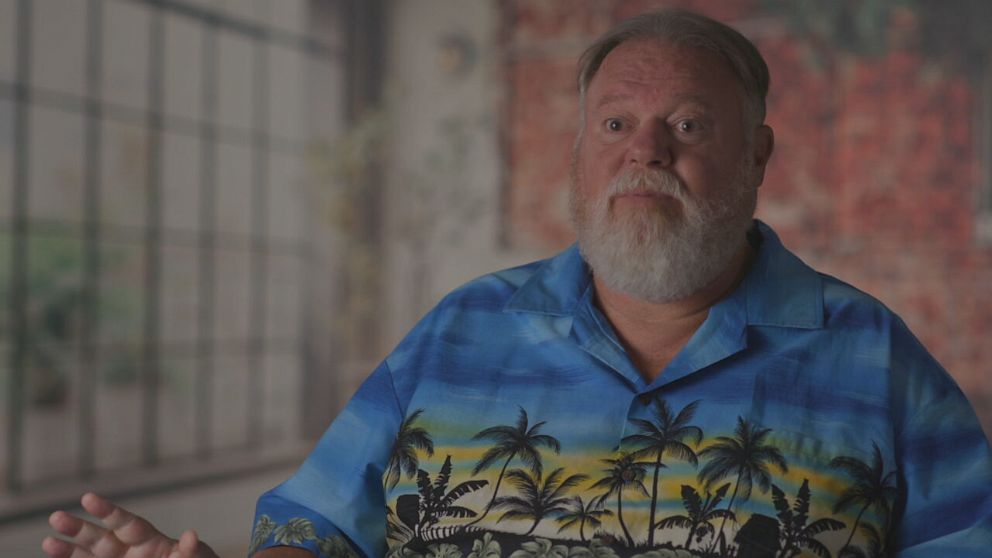
“I felt so bad about how things went down, and very ashamed of myself that I let that happen,” she said. “It was the biggest regret of my life. It really is.”
Margaret Rudin is sentenced to prison, refuses plea deals
Margaret Rudin was sentenced to life in prison with the possibility of parole after 20 years served. Unknown to the jurors and many others in the courtroom, she had been offered multiple plea deals, which she refused.
“She didn't hesitate one bit, ‘Oh, no, Judge. I'm innocent. I'm not taking any deal. I can't plead to something I didn't do,’" Bonaventure recalled.
Over the course of the next two decades, Rudin was given a total of five opportunities to make a plea deal in exchange for a lighter prison sentence.
“I never considered it. I'm not going to admit it. I don't care if I’m 110 and I'm still waiting. I'm not going to admit to something I didn't do,” she said.
Margaret Rudin said she adapted quickly to prison life and became a crusader for various prisoners’ rights and reforms.
“The only way you can bear a lot of the things is you have to only think about what's good still, what you have left still,” she said.
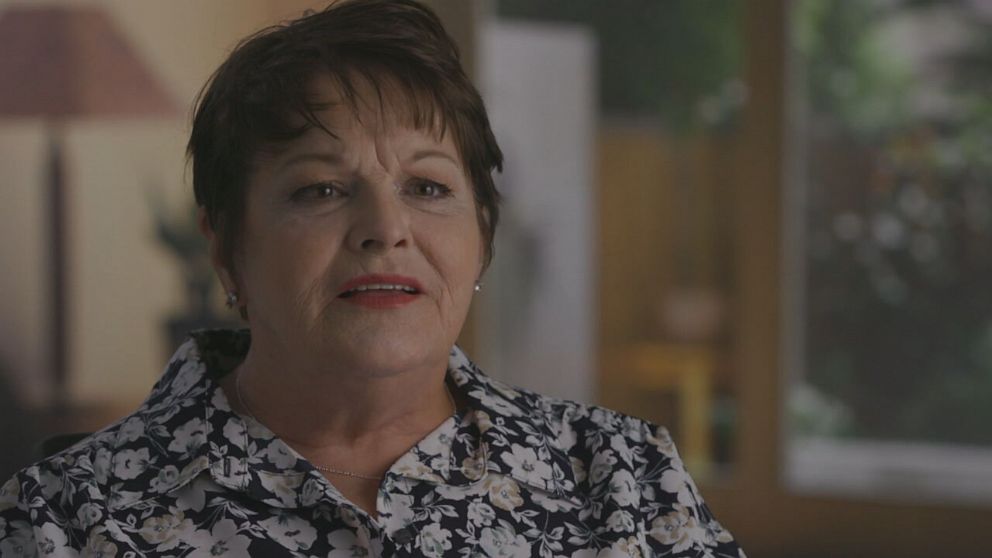
As the years went by, the lingering question of whether Margaret Rudin received a fair trial remained. Even behind bars, she never gave up trying to prove her innocence, filing an appeal to overturn her conviction, which was denied in 2002.
“In 42 years, that is the worst trial that I've ever had,” said Bonaventure.
He said he thinks about what would have happened to Margaret Rudin if he had allowed a mistrial at the beginning of the trial as requested by Margaret’s lead defense lawyer.
“It might have had a different outcome for Margaret Rudin,” he said.
In 2008, a judge for Margaret Rudin’s appeal granted her a new trial, but then the Nevada Supreme Court reversed the judge’s decision two years later. As of 2021, the case to grant her a new trial is still pending in federal jurisdiction.
“There is not one thing, not one thing that ties me to Ron's murder -- nothing forensic,” said Rudin. “DNA [analysis] was different than it is today. Bring it out. You've still gotta have the proof somewhere. Bring it out. Let's have it under DNA standards today.”
Margaret Rudin, released from prison, continues her fight for her innocence
On Jan. 10, 2020, Rudin was released from prison after serving 20 years of her life sentence. Coreen Kovacs, the holdout juror who befriended Margaret Rudin after her conviction, and Margaret Rudin’s attorney Mullanax were there to greet her.
“The world had changed, life had changed, my children had changed,” said Margaret Rudin.
Now 77 years old, she has moved back to the Chicago area, and is still determined to prove her innocence. Mullanax said he would represent Rudin if she is granted another trial.
“The physical evidence just doesn't add up. It's even a weak circumstantial case,” he said. “They didn't have a strong enough lead defense attorney to challenge all the evidence that was admitted at trial.”
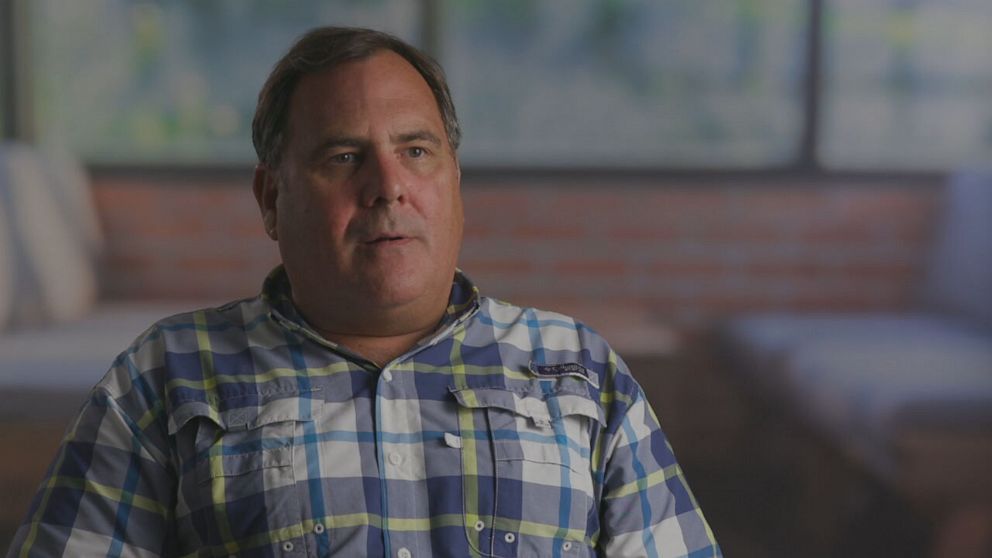
Mullanax said the first hurdle is to get the federal judge to order a new trial before they dive into evidence that he hopes will exonerate Rudin.
“I just hope that the court in Las Vegas would order a new trial and that this matter could be settled. The chances, I don't know, it's up to the judge right now,” he said.
Former detective Peterson does not feel the same and said that he thought Rudin was guilty.
“I think because of the details of the murder, how heinous it was and because it was motivated by money, by greed, that personally, I think she should have stayed behind bars,” said Peterson.
Now a great-grandmother, Margaret Rudin spends time reflecting on the series of events that culminated into her life’s story.
“I don't understand how my trial, my life, my sitting here today, could be so different than the way I started my life out, with such opportunities,” Rudin said. “Now, if I had my life to live over again, I would stay right here in Illinois and never, ever have subjected my kids or myself to Vegas.”
Rudin said that despite all she’s faced, she will continue to fight to prove her innocence.
“I don't care what you think. God and I know I have a lotta supporters. I have a lotta friends. I have a lotta love,” she said. “Who wants to live a conventional life, right?”




